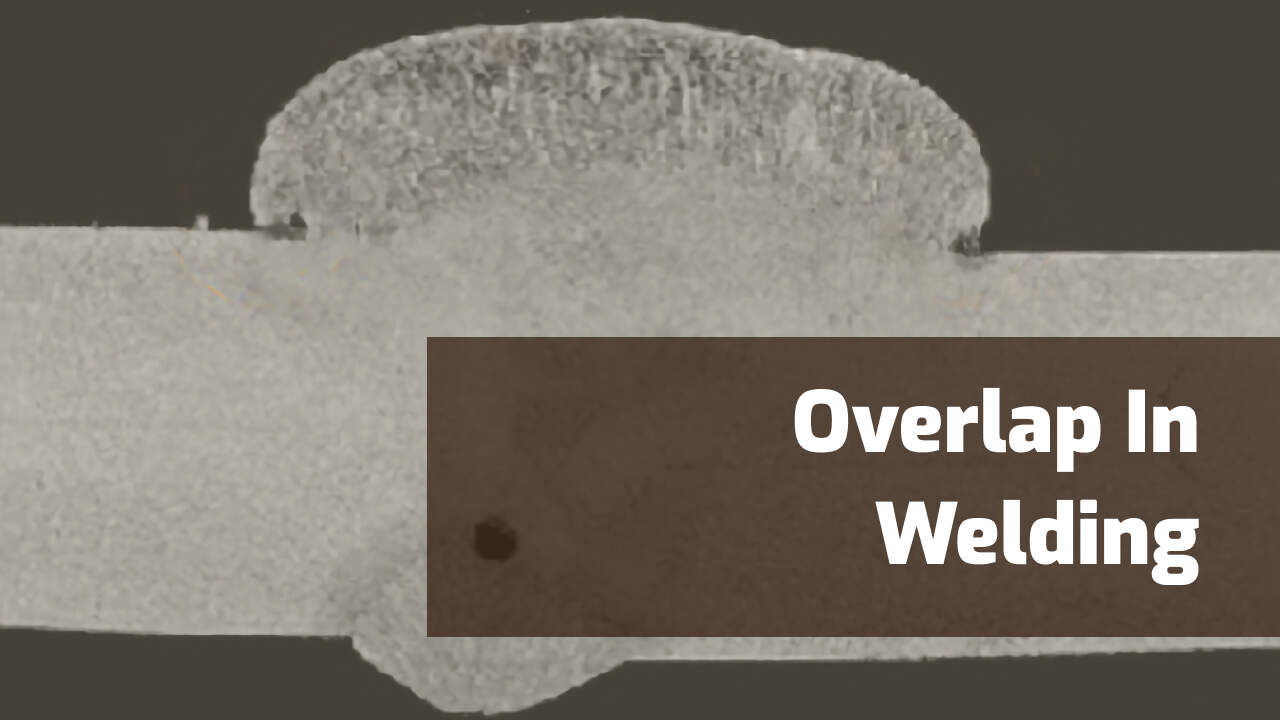Understanding the Causes and Solutions for Undercut Welding in Metal Fabrication Processes
In the realm of steel manufacture procedures, the event of undercut welding postures a substantial obstacle that requires a thorough understanding of its reasons and sensible options. The complex interaction of different aspects throughout welding procedures can cause this unfavorable phenomenon, impacting the structural honesty and total high quality of the welded joints - Preventing weld undercut. By dissecting the source of undercut welding and checking out efficient remedial measures, makers can raise the requirement of their workmanship and ensure the manufacturing of perfect metal parts
Typical Sources Of Undercut Welding
Frequently forgotten in metal fabrication, undercut welding takes place because of various variables that require meticulous focus and know-how to be successfully mitigated. One usual reason for undercut welding is excessive heat input. When the heat input is expensive, it can result in the melting and subsequent disintegration of the base material along the sides of the weld joint, developing a groove or undercut. In addition, improper welding techniques, such as making use of the wrong welding angle or take a trip speed, can additionally add to undercut development. Insufficient shielding gas protection is another vital element that can result in undercutting. Insufficient gas coverage stops working to secure the weld swimming pool effectively, bring about oxidation and undercut defects. In addition, the choice of welding parameters, such as voltage, present, and wire feed speed, plays a considerable role in the incident of undercut welding. Comprehending these usual causes is essential for carrying out preventive steps and making certain high-grade welds in steel fabrication processes.
Effect of Incorrect Welding Parameters
Incorrect welding specifications can considerably jeopardize the integrity and quality of welded joints in steel manufacture procedures. The effect of inaccurate welding parameters manifests in various means, bring about architectural weaknesses and problems in the welded parts. One essential facet impacted by incorrect welding specifications is the penetration deepness of the weld. Not enough warm input due to low welding currents or exceedingly high travel speeds can cause insufficient fusion in between the base steels, resulting in insufficient joint infiltration and compromised bonds. Conversely, too much warm input triggered by high welding currents or slow-moving travel rates can cause burn-through and extreme support, creating a weak and unsteady weld structure. In addition, incorrect specifications such as improper voltage settings or inaccurate electrode angles can add to erratic weld bead accounts, lack of combination, and boosted possibilities of flaws like damaging. Consequently, thorough focus to welding parameters is extremely important to ensure the manufacturing of top notch welds with the desired mechanical residential or commercial properties and structural integrity.
Impact of Improper Lantern Angle
Inappropriate lantern angle in welding procedures can substantially affect the quality and honesty of the last weld joints in steel fabrication processes. Damaging is a typical welding flaw where a groove develops along the weld toe, weakening Get More Info the joint and compromising its architectural stability.
A lantern angle that is as well steep can lead to insufficient infiltration, insufficient combination, and enhanced spatter. On the other hand, a lantern angle that is as well shallow can cause extreme penetration, burn-through, and distortion of the base product. Preventing weld undercut. Correct torch angle is essential for ensuring regular weld high quality, strength, and look
To avoid undercutting and various other problems triggered by incorrect torch angles, welders need to be trained to maintain the right torch angle throughout the welding procedure. Regular surveillance and modification of torch angles throughout welding can help accomplish sound welds with very little defects.
Duty of Inadequate Welding Techniques

Another aspect of inadequate welding techniques is improper weld prep work. Poor cleansing of the base metals, incorrect joint design, or insufficient side prep work can all add to damage welding. Insufficient shielding gas coverage or making use of the incorrect type of gas can result in incomplete blend and the development of undercut he has a good point problems.
To address the duty of insufficient welding techniques in steel construction processes, it is important to give detailed training for welders. Correct education on welding parameters, joint prep work, and protecting gas selection can assist avoid undercut welding and ensure high-grade welds in metal fabrication jobs.
Effective Solutions for Undercut Welding
Dealing with undercut welding in metal fabrication needs implementing reliable services to boost weld high quality and architectural stability. Among the primary remedies to fight undercut is to adjust welding specifications such as voltage, current, and take a trip speed to guarantee correct heat input and blend. By fine-tuning these settings, welders can stop too much melting of the base metal and filler product, reducing the possibility of undercut development.
Additionally, appropriate joint prep work is essential in stopping undercut. Ensuring clean base steel surface areas totally free of pollutants and making use of the appropriate bevel angle can assist advertise better weld penetration and minimize the threat of undercut - Preventing weld undercut. Employing appropriate welding methods, such as weaving or oscillating the lantern, can also help in dispersing warmth equally and filling the weld joint adequately, decreasing the possibility of undercut problems
Moreover, picking the proper welding consumables, consisting of electrodes and filler metals, is important in reducing undercut. Utilizing products with proper chemical make-ups and mechanical residential or commercial properties can contribute to accomplishing audio welds with very little undercut. Routine assessment and quality assurance actions must likewise be carried out to find and attend to undercut problems immediately, making sure the general stability of produced metal components.

Conclusion
Finally, understanding the reasons and remedies for undercut welding in steel construction processes is essential for achieving high-quality welds. By resolving usual reasons such as inaccurate welding parameters, inappropriate lantern angle, and insufficient welding techniques, welders can prevent damaging and you can find out more make sure strong, sturdy welds. It is crucial to focus on these elements and implement reliable options to improve the total welding procedure and final item high quality.
